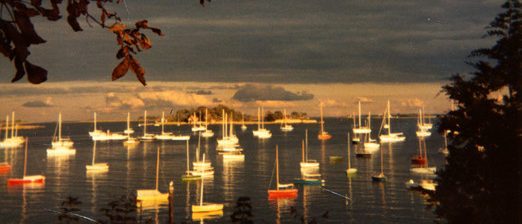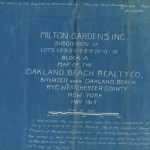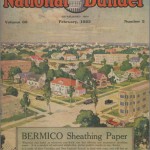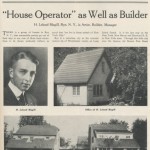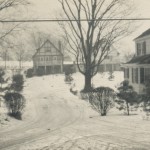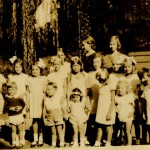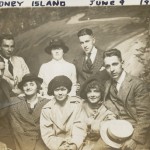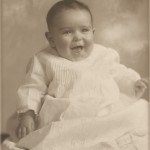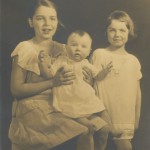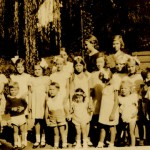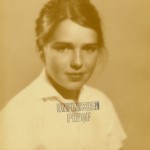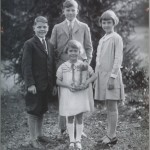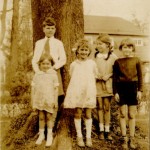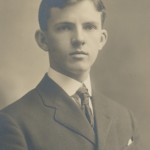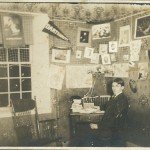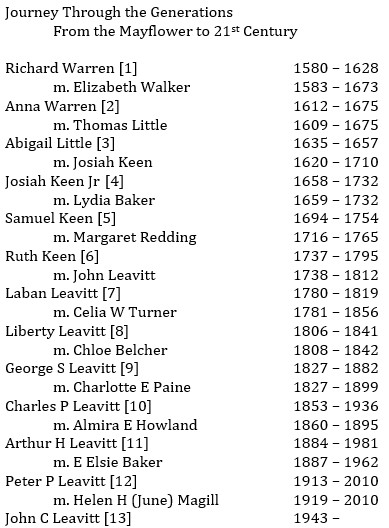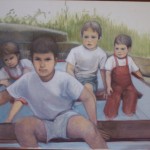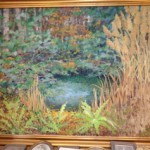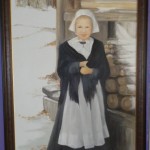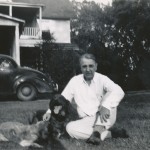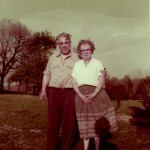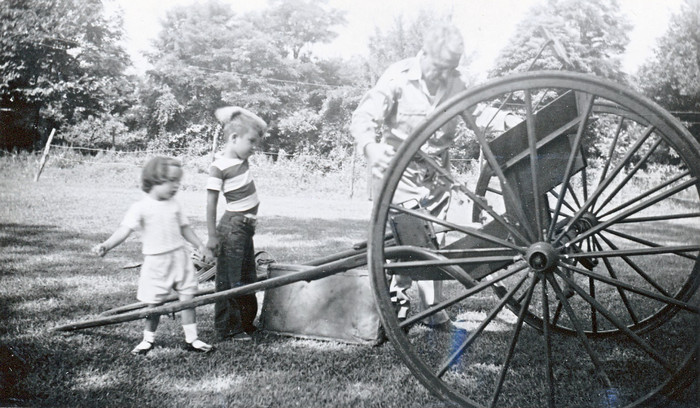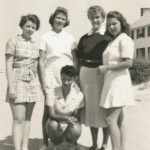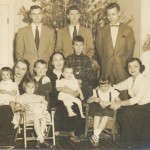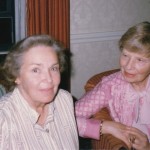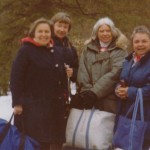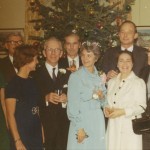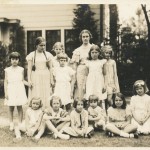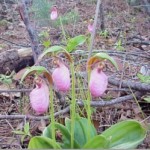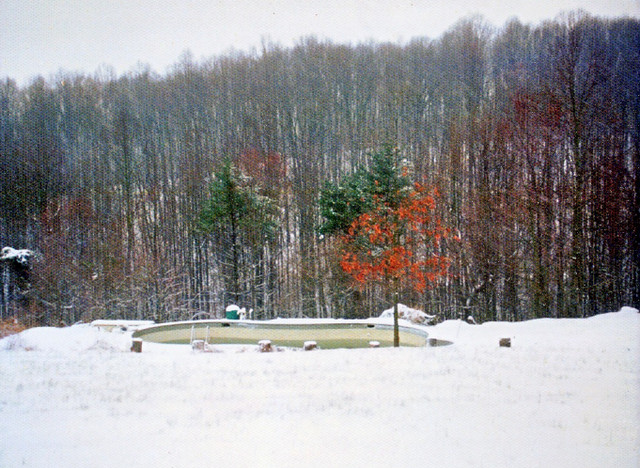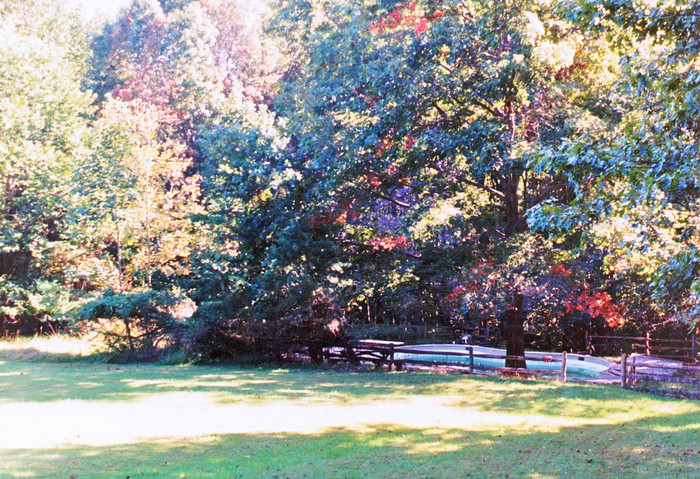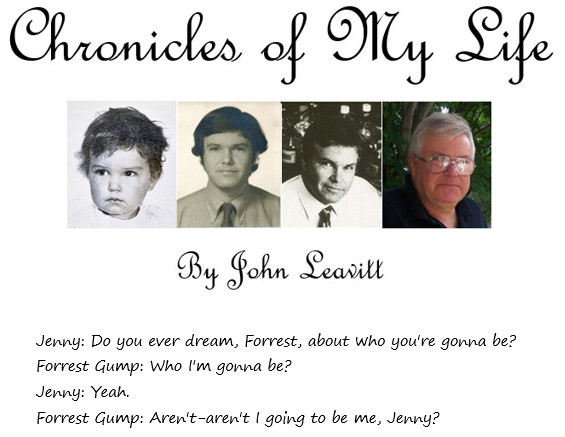
Nursery School – Riding Sparta in McLean – My Backyard on Bryan Road – Magill sisters populate Rowayton – 2nd Grade – the Yankees – Camp Mohawk – Squirrels – Struggles in School – 1955 Party – Freckles – Natural History Museum – Delivering the Paper and Mail – Hopalong Cassidy – Sailing School – Sailfish Racing – 8th Grade – Tennis at Bayley Beach – School Bus Antics – Jackie Robinson – Voyaging to Nearby Planets – Senior Year in High School – Running Cross Country – Letters to Grampa – High School Tennis – Wilson Point Beach – Hickory Bluff – Bayley Beach Stand – Jerry Beatty – Paul Tebo – Dick Willmott – Bethany College – Spring of 1963 – Kennedy Assassination – Getting into Grad School – Stefan and Marion Schnabul – Summer of 1966 in Europe – Seeds for the Future
I was born John Christopher Leavitt on September 8, 1943. Where did the name “Cricky” come from? This all started in 1945 when I was almost two years old. My parents and I shared a house with the Frasers on Leroy Avenue in Darien. Alan and Scud Fraser’s daughter, Gail, was my age but couldn’t say “Christopher” which is what my mother called me. Instead she said “Cricky” which unfortunately stuck. But she got the worst of it because I called her “Wudgie” 🙂 .
Growing Up in Rowayton
Our Packard
This was our car in 1946 – a dark red convertible Packard and one of the earliest images I recall. That’s my mother in the driver’s seat. We lived on Harstrom Place in Rowayton CT at the time. 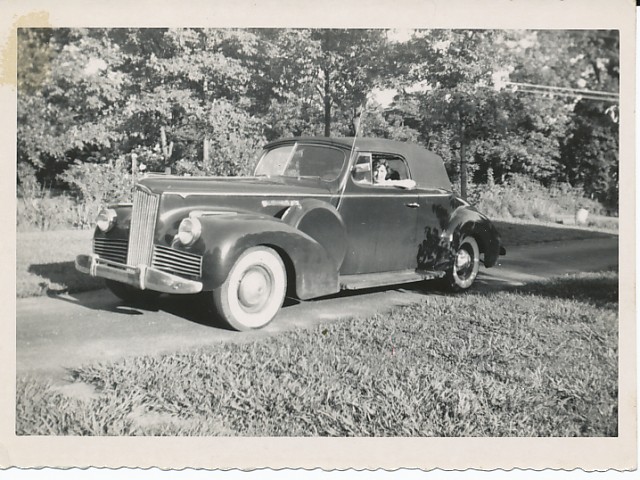
Nursery School in 1948
The picture below shows Caroline Hoyt (second from left) and Margo Baumgarten (center) and me (furthest to the right) at Thomas Nursery School on Highland Ave across from the Beattys.
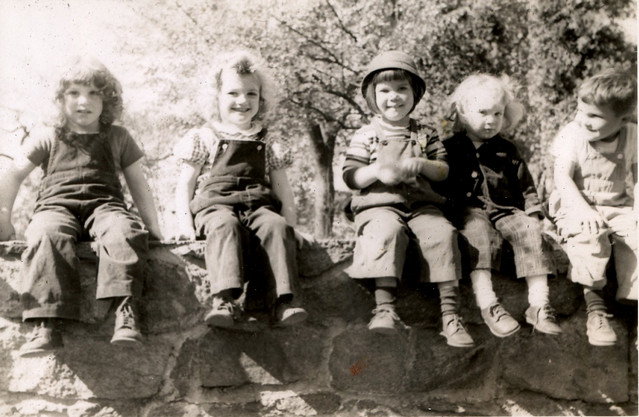
Times with Grandfather in McLean Virginia – Howdy Pardner
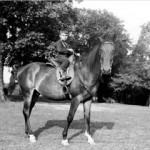 This is when I rode with the James Gang. Just Kidding 😉 .
This is when I rode with the James Gang. Just Kidding 😉 .
Actually in the late 1940s and early 50s my preference was Hopalong Cassidy while Paul was Gene Autry. I liked Hoppy because of his two-gun belt … and I had the same hat and blue shirt as Hoppy. I guess the hat blew off while I was galloping around the fields before this picture was taken. Note the spurs and cowboy boots
I believe this picture was taken around 1951-52. In the late spring my sister Phoebe got very contagious scarlet fever. So I was taken out of Rowayton School for a month and put on a train to Washington. My grandfather and grandmother picked me up at Union Station and drove me to their ‘farm’ in McLean VA. At that time McLean was rural with many dirt roads.
Grandfather had two horses, Sparta (a male Tennessee Walker shown above) and a filly Blue Jean. Grandfather would send me out to the front pasture on Sparta leaving Blue Jean who was fairly wild in the barn. On one ride, when I was out in the front pasture, I heard Blue Jean whinny way back at the barn. So did Sparta because his head and ears perked up. Then Sparta took off in a gallop back to the barn. I held on for dear life. As I was speeding toward the barn, I saw grandfather running from the house waving his arms to get my attention. He yelled “Duck your head when you go into the barn!” Sparta and I circled the barn to get to the front and I nonchalantly ducked my head as we entered the barn.
What a ride. It was like Hoppy chasing after bandits with guns a blazing. Phewy!
My Backyard in 1953
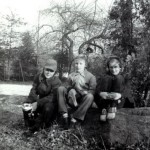
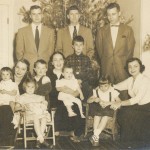 This is Patty Dawson, Steve Miller and Paul Tebo sitting on a rock in my backyard at 28 Bryan Road. Jane Smith’s (not shown) backyard is over the stonewall to the left and Patty’s house is across the road from Jane Smith’s house.
This is Patty Dawson, Steve Miller and Paul Tebo sitting on a rock in my backyard at 28 Bryan Road. Jane Smith’s (not shown) backyard is over the stonewall to the left and Patty’s house is across the road from Jane Smith’s house.
The Magill Sisters Populate Rowayton
The picture below was taken around Christmas in 1952 at my grandparents house in McLean Virginia. We moved to Harstrom Place in Rowayton (from Darien) in 1946. Before this picture was taken my mother’s two sisters Kate Cornbrooks (far right) and Lois Gatten (far left) and their families moved to Rowayton. In the back (left to right) are Rex Gatten, my father Peter Leavitt, and Charlie Cornbrooks. Rex and I managed a Little League team in the late 50s. Charlie was an osteopathic physician and skilled sailor/boatsman. The Gattens lived on Wilson Avenue three or four houses up from the landmark cannon that memorializes Rowayton men who died in the wars. The Cornbrooks lived on Bell Island. That’s Meg Gatten at the far left. That’s Suzie Cornbrooks on the far right next to Kate. I’m standing in the middle center next to mother and Phoebe, Peter, and David (on mother’s lap) are there.
Remembering Matty Scott
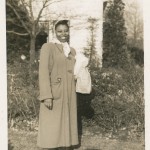 Perhaps this is a sad commentary of CT life in the late 40s and early 50s. I cherished Matty Scott who was our ‘Help’. In the late 1940s and early/mid 1950s Matty took the bus from Stamford to Rowayton several days a week to our house on Harstrum Place and then on Bryan Road.
Perhaps this is a sad commentary of CT life in the late 40s and early 50s. I cherished Matty Scott who was our ‘Help’. In the late 1940s and early/mid 1950s Matty took the bus from Stamford to Rowayton several days a week to our house on Harstrum Place and then on Bryan Road.
Bro Peter said, “I only remember her smile and kindness in this picture you can see also how dignified she was. I’m sure some of my compassion for others has a bit to do with Matty’s influence.”
I had good teacher Ms. Frank in 3rd grade. Mrs. Tebo sometimes was a substitute in this class. I received first kisses from from Connie Henry in her backyard on Bryan Road after walking home together for lunch break. Connie Henry’s mother Anne called my mother to give her the good news. Matty met me at the door with a big smile on her face. David was born on Nov 8th.
Remembering My Historic Victory in the Arthur J. Ladrigan Swim Race circa 1950
It was a beautiful day in early September when somehow I, Cricky Leavitt, found myself standing on the float tied to the west end of the Bayley Beach waterfront with a gaggle of other kids my age – about 5 to 6 years old. I had never been in this situation before so I sort of stood at the outside of the float being the anti-social kid I was. Little was I aware that this character flaw would pave the way for one of the greatest accomplishments of my long life. Clearly I was the underdog and you could cut the tension with a knife so to speak.
I was going to swim in the annual Art Ladrigan swim race for five and six year olds although the race was not called that at the time … and why would you name a race after a curmudgeon anyway. My fifteen or so competitors and I were told to calm down and form a line at the edge of the float to get ready because the race was about to start. I moved up into position and found myself on the outside in the deepest water. There was a bang and all of us instinctively dove or jumped into the water to head toward the finish line that seemed in retrospect to be about 25 feet away. It was like being in a running diswasher with water splashing everywhere. Being on the outside I managed to swim forward without being drowned by flailing arms. I thought at least these noisey kids had stopped shouting to avoid swallowing water. After what seemed like an eternity I made it to the finish line and found that I was first … numero uno.
I had won the only swim race I would ever enter and I retired undefeated to the cheers of Rowayton mothers. I remember having a medal that I kept in a box with all of my other things that glittered but I have not seen that medal in decades. I did have one more moment of swimming glory though. In the summer of 1952, I was banished to Camp Mohawk for two terrifying weeks where I rose to the rank of Flying Fish because I was able to swim to the center of a small lake and back. I’m pretty sure I got a medal for that too but haven’t seen it in decades either. Woe is me.
Continue reading →
